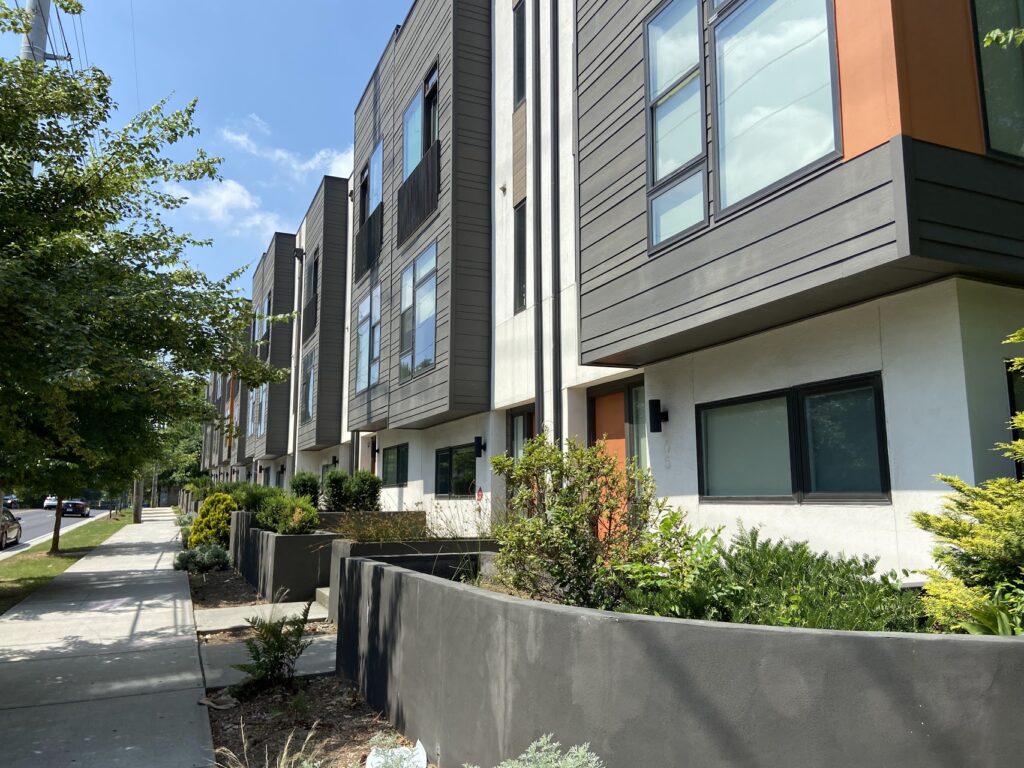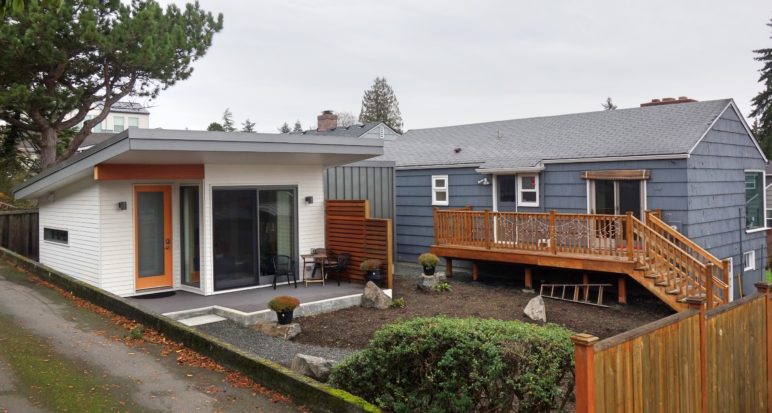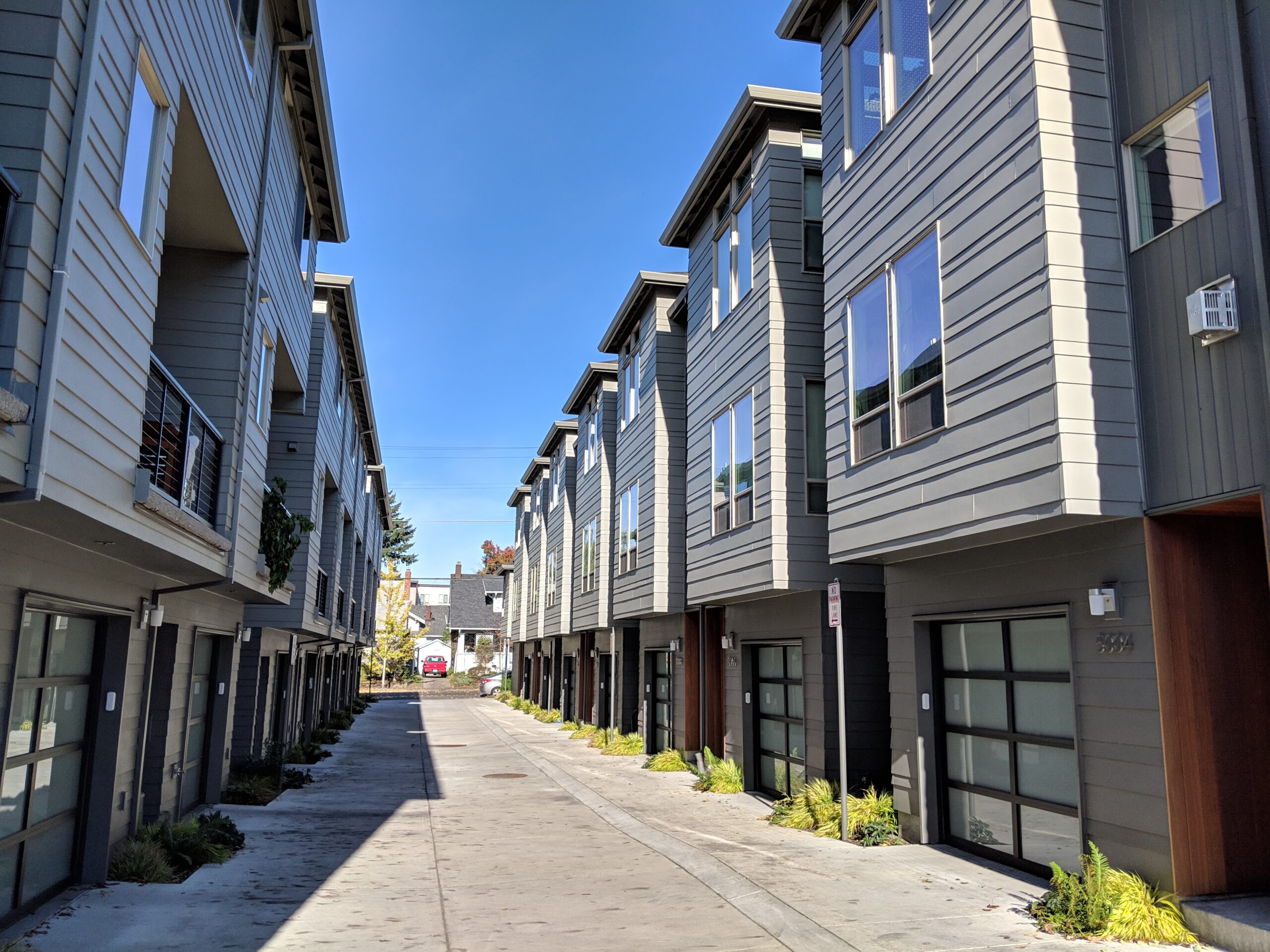As home values in the US dropped by 0.17% in February 2025, we are reminded why our analysis focuses on housing supply rather than housing demand to address attainability.
Incentivizing or limiting demand both warp the market and lead to unintended consequences. Incentivized demand creates a bidding war for housing that inflates costs, which benefits current owners and landlords, but does not immediately create more options for people seeking housing.

Limiting demand is a less common approach, but it is the stated goal of the Trump administration to achieve housing affordability by reversing immigration trends. Unfortunately, limiting demand has the effect of reducing home values, and falling home values can undermine financial stability for those whose home is their primary asset and investment.
Demand-based housing solutions raise several concerns. Foremost, they are incongruent with promoting choice, economic growth, and family formation.
Falling home values reduce mobility, diminish both quality of life and economic optimism, and may discourage family formation. Additionally, a reduction in value may negatively affect the ability of homeowners to reinvest in their homes, leading substandard housing conditions to rise.
Recognizing the pitfalls of demand-based solutions, we work with communities to add housing supply that is matched to the forecasted need. The supply-side focus promotes new construction, market diversification, and the improvement of current housing stock while preserving the value of existing homes. It also enhances choice and mobility among those entering the housing market.
Young people, paralyzed by cost of living, are delaying milestones such as marriage, buying a home, and starting a family. Homeowning working families are left vulnerable to market fluctuations while aging households face limited downsizing options that meet their needs.

Housing policy should empower working families who have already invested in a home by ensuring sufficient demand for housing remains. At the same time, municipalities should champion choice and diversification (such as by-right zoning for more housing options) to foster connected communities that support aging populations, working families, and young households alike.
